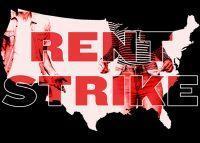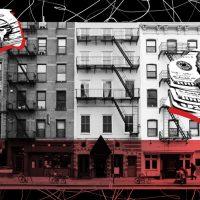Rent collections continue to appear stronger than initially expected despite financial stress brought on by the coronavirus. Roughly 80 percent of residential tenants paid at least some rent during the first week of June.
That’s a slight increase from rent collections during the same period last month, according to the National Multifamily Housing Council, which tracks 11.5 million market-rate rental apartments.
The survey excludes subsidized units, single-family rentals, privatized military housing and student housing. That may explain why some reports, such as a New York City industry group’s own tally, have painted a significantly less-rosy picture of rent collections.
The Community Housing Improvement Program found that 25 percent of New York City renters had not made payments in May — and that figure grew by 10 percent at buildings where renters had gone on strike. At least 55 buildings were on rent strike in May, according to organizers.
Read more



Another snapshot of rent collections comes from community banks, which are active lenders on lower-income multifamily apartments in New York City. One community bank said during its first-quarter earnings call that April’s collections in rent-stabilized apartments were at half the normal levels, while market-rate apartments collected closer to 80 percent. Another community bank reported that while a significant portion of its portfolio was in deferral, rent collections in multifamily apartments were around 80 percent.
For now, residential rent collections are in a holding pattern, bolstered by enhanced employment benefits and one-time relief payments from the U.S. Treasury as part of the federal CARES Act. (Immigrants without work authorization and essential workers who are unemployed because they fear returning to work are not eligible for additional monthly unemployment payments.)
The Furman Center at New York University found that rent burdens were likely to stay manageable for those receiving enhanced unemployment, until those benefits run out in July.
